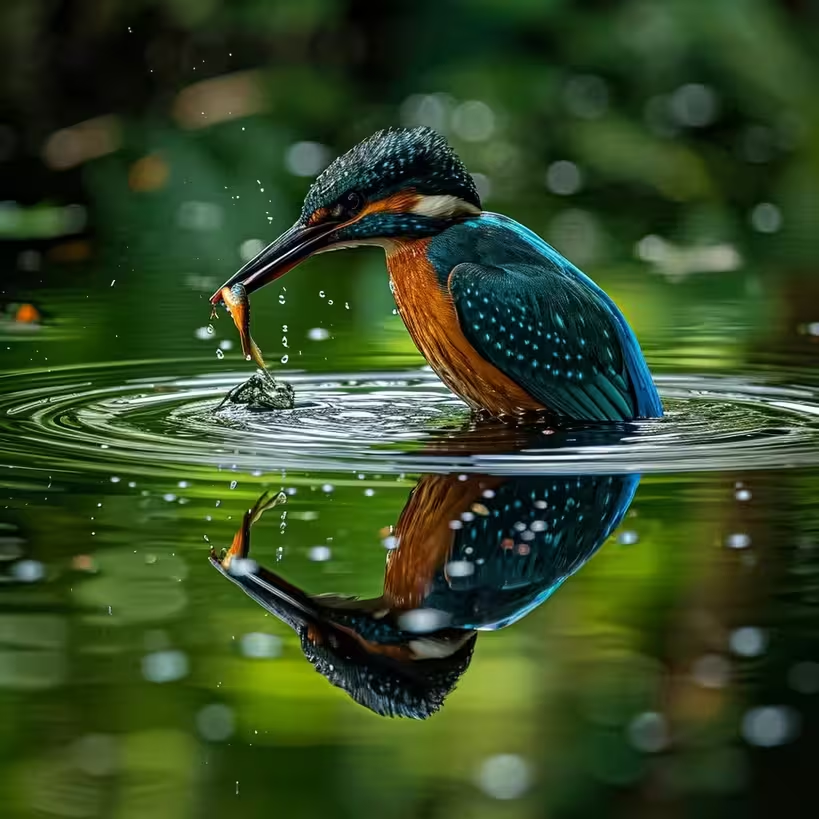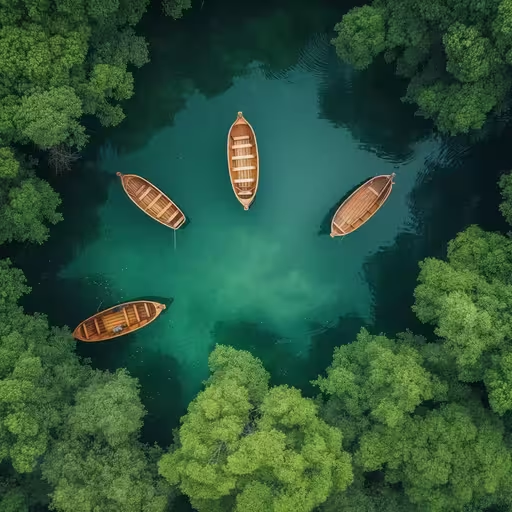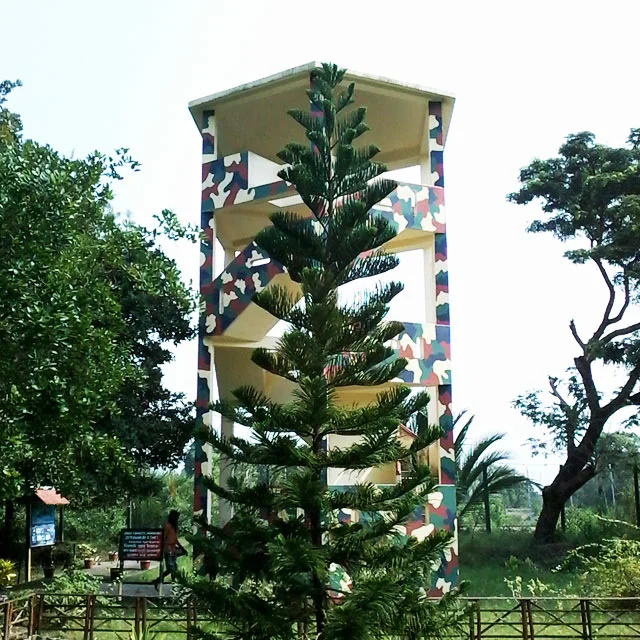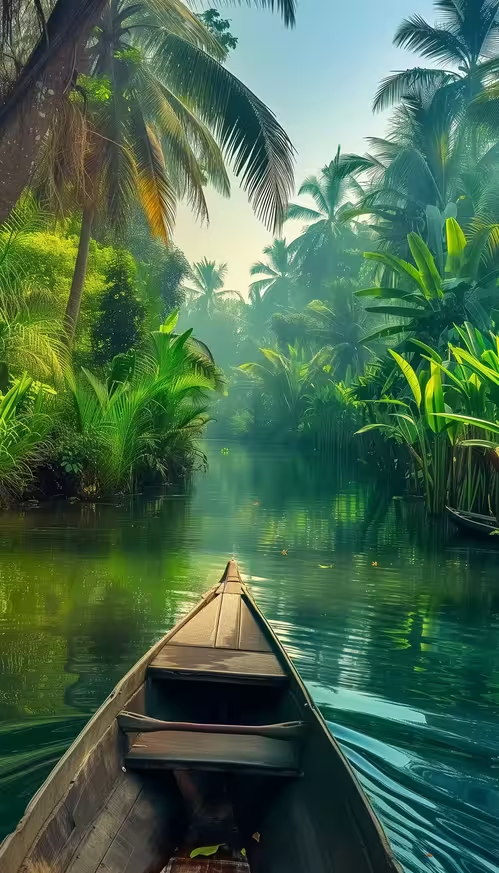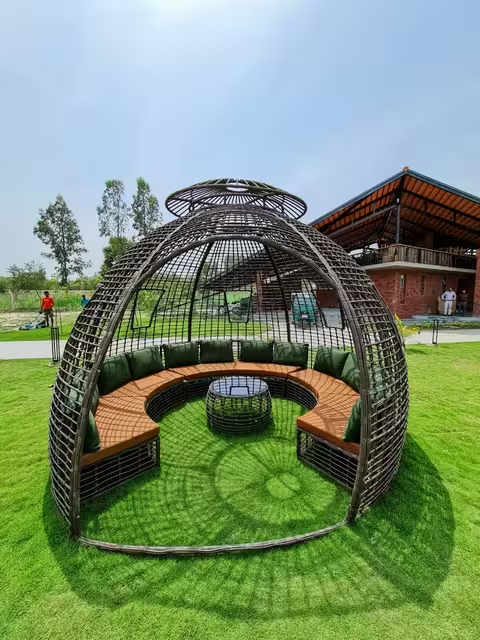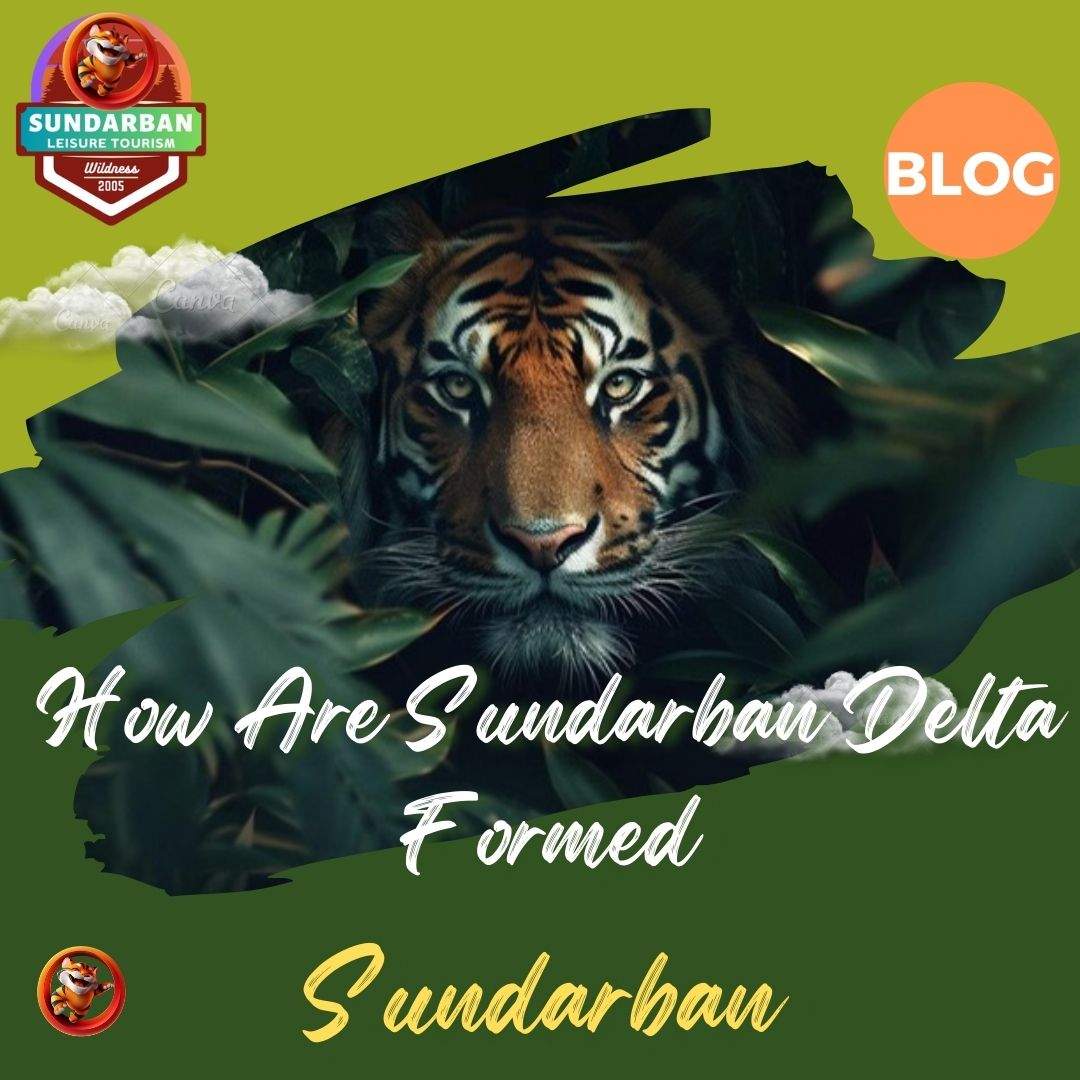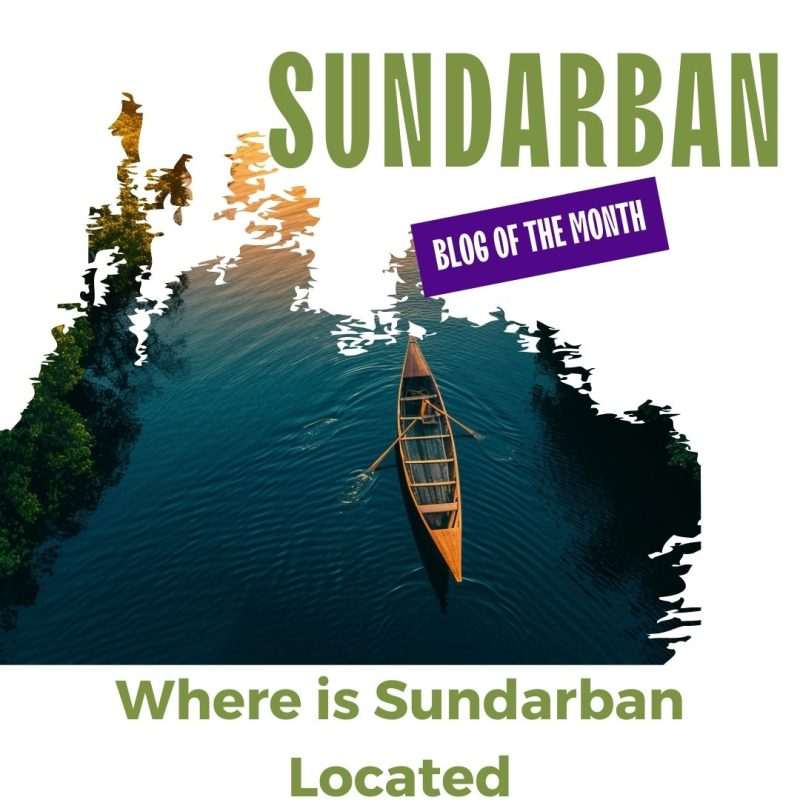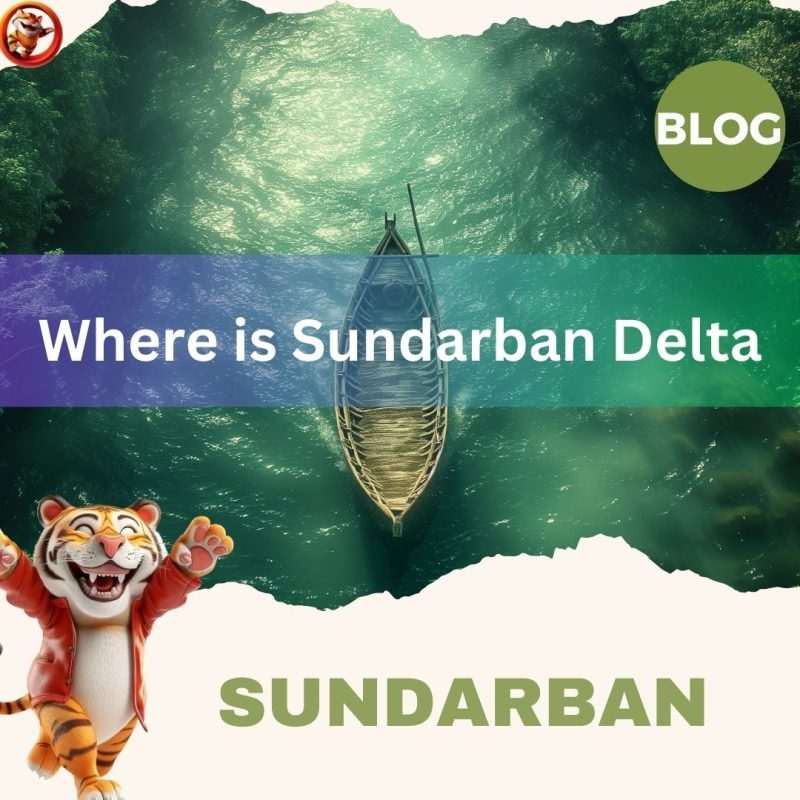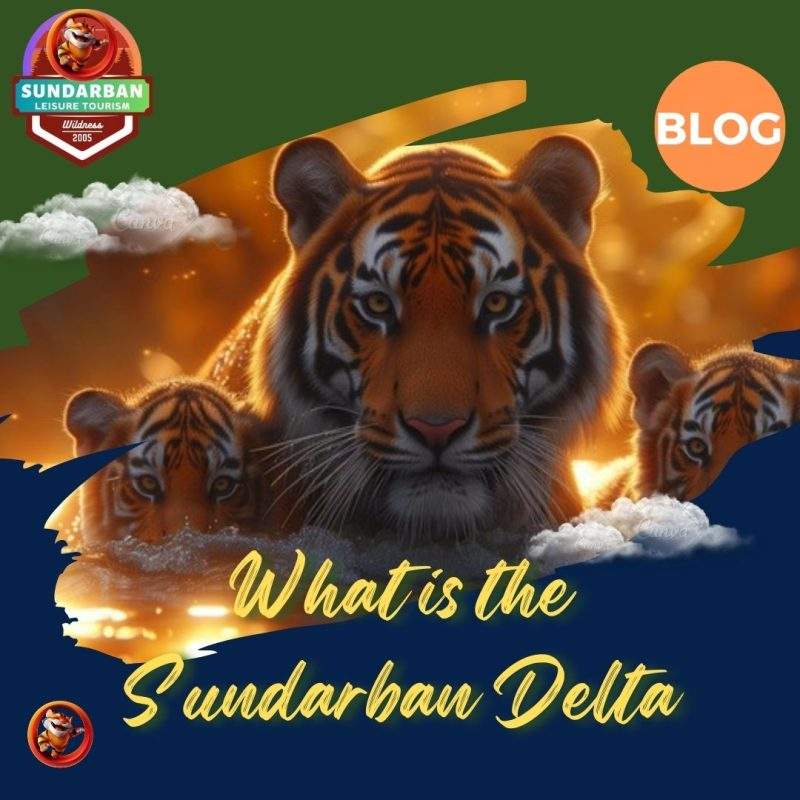How Are Sundarban Delta Formed: The Sundarbans, renowned for its dense mangrove forests and unique ecosystem, is a remarkable natural wonder. It is the largest delta in the world, formed by the confluence of three major rivers: the Ganges, Brahmaputra, and Meghna. This article delves into the intricate process of how the Sundarban Delta was formed, its geological and hydrological significance, and the unique features that make it a vital ecological hotspot. Additionally, we will highlight the exceptional experiences offered by Sundarban Leisure Tourism, providing all the necessary details for planning your visit. For further information, check out the section on “How Are Sundarban Delta Formed” in this blog.
How Are Sundarban Delta Formed Important Points

The Geological Formation of the Sundarban Delta
The formation of the Sundarban Delta is a complex and dynamic process that has taken millions of years. It involves the interaction of fluvial (river-related), tidal, and marine processes. Here’s a detailed look at the factors contributing to the delta’s formation:
1. River Systems: The Sundarban Delta is primarily formed by the sediment deposition from three mighty rivers:
- Ganges River: Originating in the Himalayas, the Ganges flows through India and Bangladesh, carrying a massive load of sediment.
- Brahmaputra River: Also originating in the Himalayas, the Brahmaputra traverses through Tibet, India, and Bangladesh, contributing significantly to the delta’s sediment.
- Meghna River: The Meghna River, formed by the convergence of the Surma and Kushiyara rivers in Bangladesh, merges with the waters of the Ganges and Brahmaputra, further adding to the sediment load.
2. Sediment Deposition: As these rivers flow downstream, they carry enormous amounts of silt, clay, sand, and organic matter. When the rivers reach the Bay of Bengal, their flow velocity decreases, causing the sediment to settle and accumulate. Over time, this process creates the intricate network of islands, mudflats, and tidal waterways characteristic of the Sundarbans.
3. Tidal Action: Tidal forces from the Bay of Bengal play a crucial role in shaping the delta. The tides help distribute the sediment across the deltaic region, creating and eroding landforms continuously. The interplay between river discharge and tidal forces leads to the formation of the unique landscape of the Sundarbans, with its complex maze of estuaries, creeks, and islands.
4. Sea Level Changes: Historical fluctuations in sea levels have also influenced the formation of the Sundarban Delta. During periods of rising sea levels, more sediment is trapped in the delta, while falling sea levels expose new land areas. This dynamic interaction between sea levels and sediment deposition has been ongoing for thousands of years, contributing to the delta’s current form. More insights can be found under “How Are Sundarban Delta Formed” in this blog.

The Ecological Significance of the Sundarban Delta
The Sundarban Delta is not only a geological marvel but also an ecological treasure trove. It supports a diverse range of flora and fauna, many of which are unique to this region. The delta’s complex ecosystem provides critical habitats for numerous species and plays a vital role in maintaining ecological balance. Details are available in the “How Are Sundarban Delta Formed” part of this blog.
1. Mangrove Forests: The Sundarbans is home to the largest contiguous mangrove forest in the world. Mangroves are highly adapted to saline coastal environments and provide essential services such as coastal protection, carbon sequestration, and habitat for wildlife.
2. Biodiversity Hotspot: The delta supports an incredible diversity of wildlife, including the iconic Royal Bengal Tiger, saltwater crocodiles, spotted deer, and various species of birds, fish, and invertebrates. The Sundarbans are also home to several endangered species, making it a crucial area for conservation efforts.
3. Carbon Sink: Mangrove forests in the Sundarbans act as significant carbon sinks, absorbing large amounts of carbon dioxide from the atmosphere. This helps mitigate climate change by reducing the concentration of greenhouse gases. To learn more, see the section titled “How Are Sundarban Delta Formed” in this blog.
4. Coastal Protection: The mangroves and the delta’s intricate network of waterways act as natural barriers against coastal erosion, storm surges, and tsunamis. They protect inland areas and human settlements from the devastating impacts of extreme weather events.
Human Interaction and Cultural Significance
The Sundarban Delta is not only an ecological wonder but also a region with rich cultural and historical significance. For centuries, local communities have adapted to the challenges and opportunities presented by this unique environment. You can explore additional details about “How Are Sundarban Delta Formed” in this blog.
1. Traditional Livelihoods: The people living in and around the Sundarbans have traditionally relied on the delta’s resources for their livelihoods. Fishing, honey collection, and agriculture are the primary occupations. These practices are deeply rooted in the local culture and traditions.
2. Adaptation and Resilience: The delta’s inhabitants have developed remarkable resilience to cope with the environmental challenges posed by the Sundarbans. Their traditional knowledge and practices contribute to sustainable resource management and conservation efforts.
3. Cultural Heritage: The Sundarbans are steeped in folklore and cultural heritage. The region is home to various religious and cultural festivals, rituals, and practices that reflect the deep connection between the people and their environment.
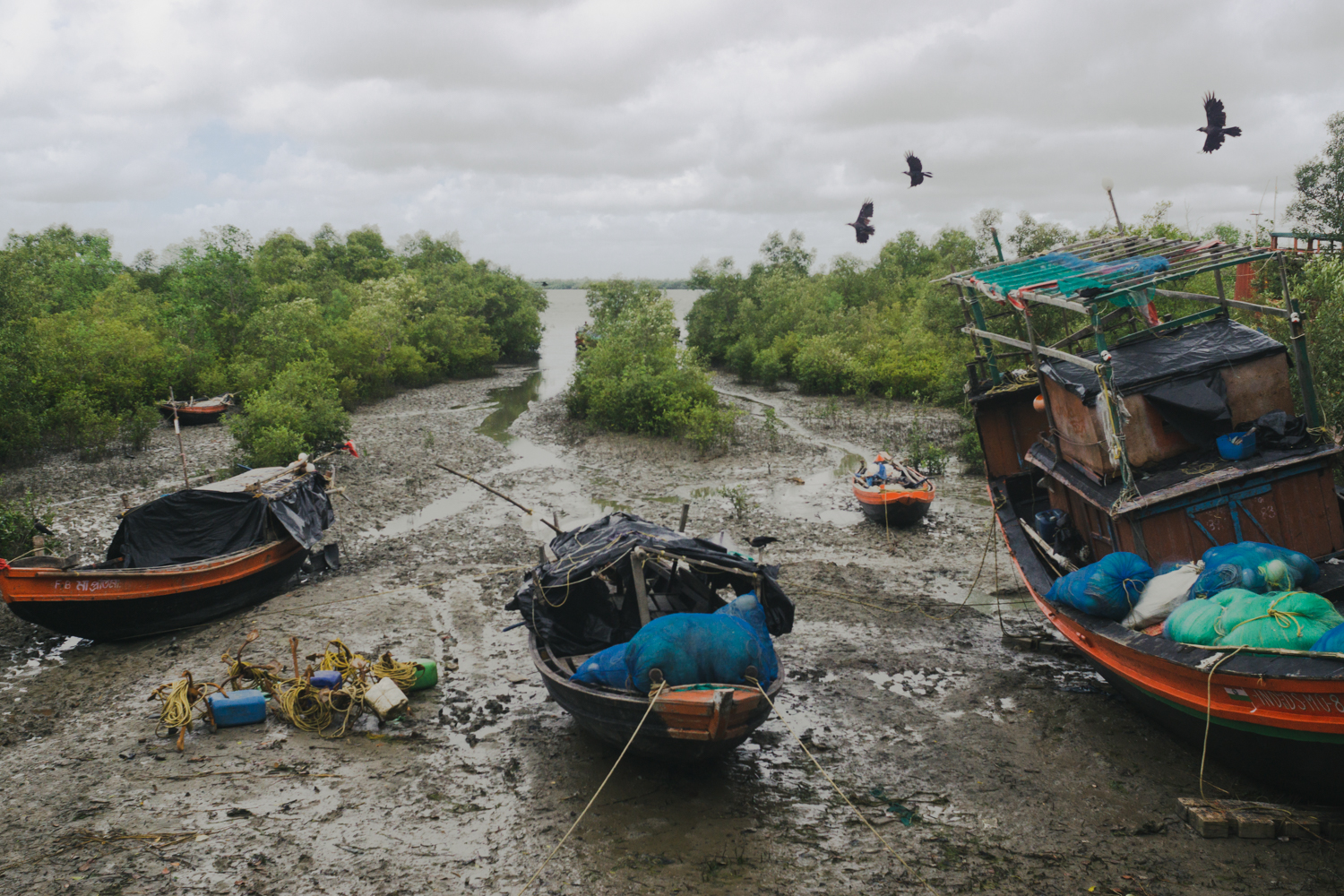
Sundarban Leisure Tourism: Your Gateway to the Sundarbans
Sundarban Leisure Tourism offers an unparalleled opportunity to explore and experience the unique beauty and biodiversity of the Sundarbans. Their comprehensive tour packages, knowledgeable guides, and commitment to sustainable tourism ensure an enriching and responsible travel experience. To learn more, see the section titled “How Are Sundarban Delta Formed” in this blog.
Read More:
| “Sundarban Cuisine: Sampling the Local Flavors” |
| sundarban are which of the following type of forest |
| can we go sundarban by car |
| how sundarban delta formed |
| sundarban are which type of forest |
Contact Information:
- Call for Sundarban Booking: +91 8346839452 / +91 7548908911
- Address: Pakhirala Ferry Ghat Road Near Ariyan Hotel, Pakhirala, Gosaba, South 24 Pgs, West Bengal – 743370, India
- WhatsApp: wa.link/deh63g
Tour Packages: Sundarban Leisure Tourism offers a variety of tour packages designed to cater to different interests and preferences:
- Wildlife Safaris: Experience the thrill of spotting the Royal Bengal Tiger and other wildlife on guided boat safaris.
- Bird Watching Tours: Explore the rich avian diversity of the Sundarbans with expert guides.
- Cultural Tours: Immerse yourself in the local culture, visit traditional villages, and learn about the lifestyle of the delta’s inhabitants.
- Adventure Tours: Engage in activities such as trekking, kayaking, and exploring the mangrove forests.
- Custom Tours: Tailored packages to suit your specific interests and needs.
Accommodation: Sundarban Leisure Tourism provides a range of accommodation options, from eco-friendly resorts to traditional homestays. All accommodations are equipped with modern amenities, ensuring a comfortable and enjoyable stay.
Sustainable Tourism Practices: Sundarban Leisure Tourism is committed to promoting sustainable tourism. They follow eco-friendly practices, support local communities, and contribute to conservation efforts, ensuring that tourism benefits both the environment and the people.

Planning Your Trip
Best Time to Visit: The ideal time to visit the Sundarbans is during the winter months, from November to February when the weather is pleasant and conducive for wildlife sightings. The monsoon season (June to September) can be challenging due to heavy rainfall, but it offers a lush and vibrant landscape. For in-depth information, read “How Are Sundarban Delta Formed” in this blog.
Travel Tips:
- Permits: Ensure you have the necessary permits to enter the Sundarbans. Sundarban Leisure Tourism can assist with obtaining these permits.
- Clothing: Wear lightweight, breathable clothing and comfortable footwear. Carry insect repellent, a hat, and sunscreen.
- Health Precautions: Bring necessary medications and a basic first aid kit. Vaccinations for diseases such as malaria and typhoid are advisable.
- Respect Nature: Follow guidelines to minimize your environmental impact. Avoid littering, stay on designated paths, and maintain a safe distance from wildlife.
Getting There:
- By Air: The nearest airport is Netaji Subhas Chandra Bose International Airport in Kolkata, approximately 112 kilometers away.
- By Train: The nearest railway station is in Canning, about 48 kilometers from the Sundarbans. Regular trains run from Kolkata to Canning.
- By Road: Buses and private vehicles can be hired from Kolkata to reach the Sundarbans. The journey takes around 3 to 4 hours.
Booking Your Tour: To ensure a hassle-free trip, it’s best to book your tour in advance through Sundarban Leisure Tourism. Their experienced team will take care of all arrangements, from permits to accommodation and guided tours.
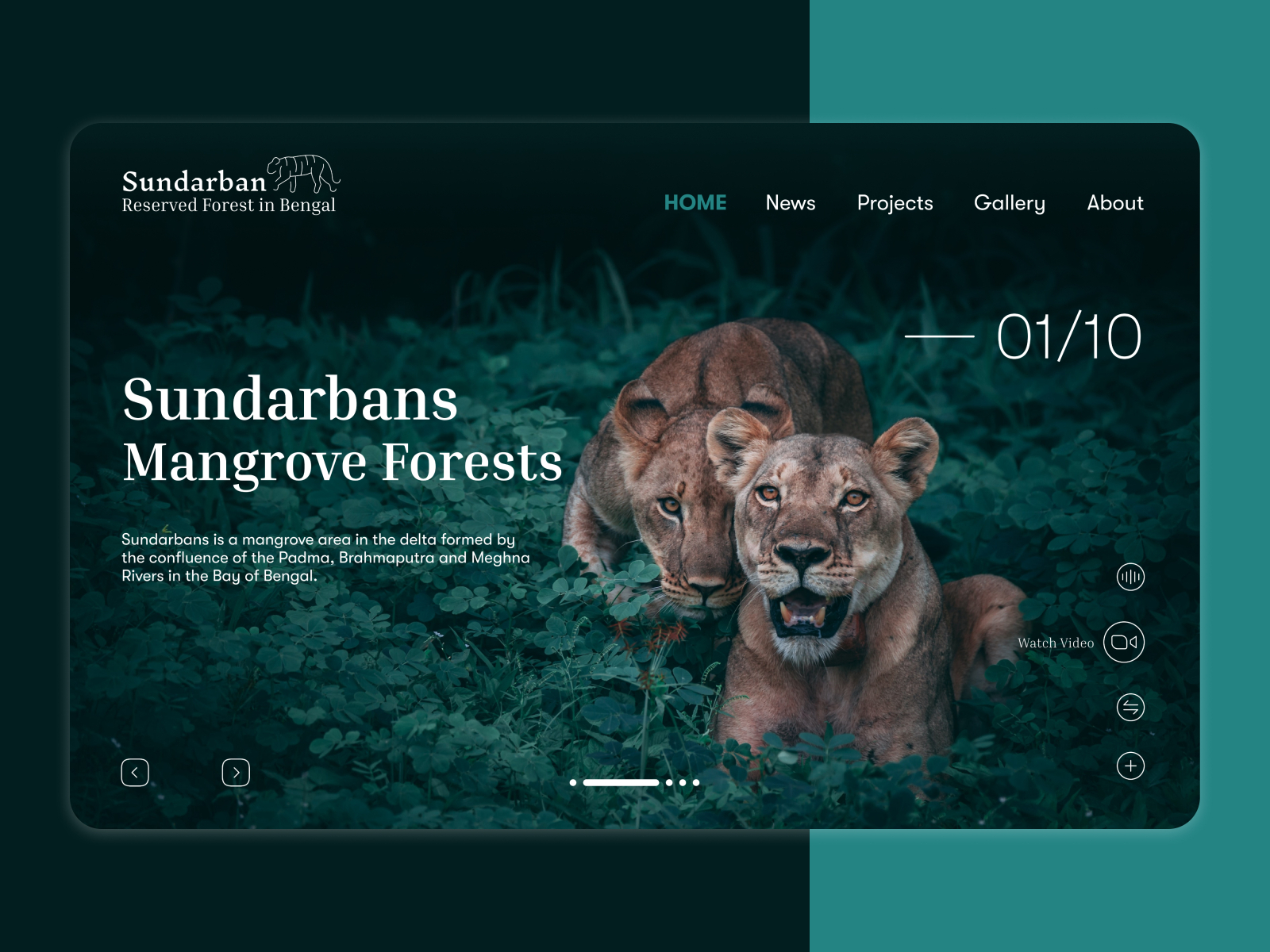
Testimonials and Reviews
Visitor Experiences: Tourists often share their experiences of visiting the Sundarbans with Sundarban Leisure Tourism. Many highlight the professionalism of the guides, the well-organized tours, and the unique wildlife encounters.
What Our Guests Say:
- “An unforgettable adventure! The boat safari was thrilling, and the guides were knowledgeable about the wildlife and mangroves.” – Rajesh Gupta
- “A perfect blend of nature and culture. Visiting the local villages was a highlight of our trip.” – Samantha Lee
- “Sundarban Leisure Tourism made our trip seamless and enjoyable. Highly recommend their services.” – Michael O’Brien
Conclusion
The formation of the Sundarban Delta is a testament to the dynamic and powerful forces of nature. Understanding this process enhances our appreciation of the region’s unique beauty and ecological importance. Visiting the Sundarbans offers an unparalleled opportunity to witness this natural wonder firsthand, and Sundarban Leisure Tourism provides the expertise and resources to make your journey memorable and responsible.
For bookings and inquiries, contact Sundarban Leisure Tourism at:
- Phone: +91 8346839452 / +91 7548908911
- Address: Pakhirala Ferry Ghat Road Near Ariyan Hotel, Pakhirala, Gosaba, South 24 Pgs, West Bengal – 743370, India

